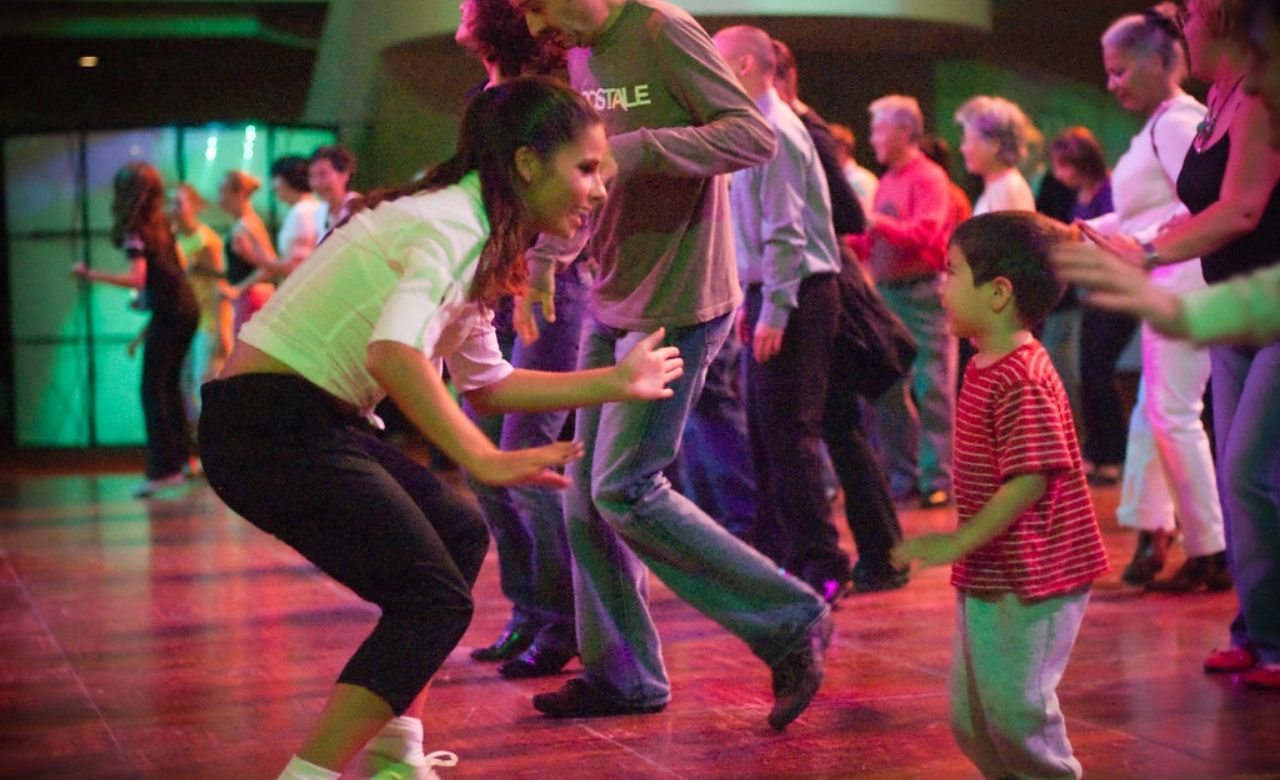
Dance has grown and changed dramatically over the years, from the flapper era to disco fever.
Dance has always been a way for people to express their cultures and traditions for many decades. People have always credit various dance forms to share their feelings about the economy, racial problems, and even politics in the United States’ cultural identity. It just so happens to represent several significant points in our history. Here are the most iconic dance trends that have swept America over the years.
The 1920s
You’d most likely be dancing if your memory serves you right. The roaring twenties are best remembered in American history for the high-octane dances and the cultural influence they had. Plus, the fashion and beauty trends of the time were very exciting. From the shimmy to the Charleston, to Gatsby parties, dances from the 1920s were also described as wild and carefree to some degree. The majority of dance styles from the 1920s were performed in nightclubs. They held marathon dance competitions in the clubs, where you would dance until you couldn’t dance any longer. Records were broken all over the world, ranging from hours to days to weeks. The tango and waltz emerged in the late 1920s, and they continue to be featured on dance competition shows.
The 1930s-1940s
Jazz and swing dance, from the jitterbug to the Lindy hop, dominated the 1930s and 1940s. Despite the turmoil of the 1930s, dancing remained a common pastime. Many people’s diversion from it all used to be going out and dancing. Even though the Germans outlawed dancing, it didn’t stop anyone from doing it, especially the bouncy, upbeat swing dance.
The 1950s
For most people, the 1950s were a period of development and revolt. Major dances from the 1950s, such as the bop, twist, and other famous rock and roll dances, inspired credit films like Grease and Hairspray. It was the age of the pink ladies and dirty dancing, with their poodle skirts, socks, and white tennis shoes. The seed of dirty dancing has been planted, particularly with Elvis’s rocking pelvis.
The 1960s
In the 1960s, most dances did not need a dance partner. The Monkey, the Fly, the Mashed Potato, and the Funky Chicken were among the dances they performed. In the 1960s, over 400 new dances were added. In this age of dance, artists such as Nat Cole and The Beatles had a significant degree of influence. Cats and West Side Story are two films that are based on this era. Popping is one of the earliest manifestations of funk, as opposed to Locking and Breaking. If you know your hip hop moves, locking is similar but somewhat different. These 1960s trends are still common in hip hop dancing today, demonstrating that great movements can transcend time and cultural barriers.
The 1970s
The 1970s had dances like the hustle, the YMCA, and soul train lines. Needless to say, the vibrant, vivid, soulful disco era held everybody on their toes, which were most likely encased in platform shoes. Songs like Macho Man, Love Machine, and Foxy Lady expressed disco in a rather sexy way on the flooring of clubs. Many people find that dancing to dance music with their significant other is the perfect way to express themselves. This age was depicted in films such as John Travolta’s Saturday Night Fever.
The 1980s
Street dancing was born in the 1980s when break dancing was one of the most common crazes. Despite the popularity of break dancing, it was also the year of punk and heavy metal bands such as Moshing (jumping around to the sounds of loud heavy metal music.) Dirty Dancing, a famous dance film from the 1980s, gets credit for featuring and popularizing the lambada dance style in the United States. Lambada, a dance with long-standing Brazilian origins, was a sensual dance despite its fast-paced nature.
The 1990s
Hip hop and line dancing dominated the 1990s, and their influence on dance culture continues to this day. The tootsie roll, the running man, and the Macarena were all famous in the 1990s and are still prevalent in children’s dances today to some degree. Prominent artists from the 1990s, such as MC Hammer, Vanilla Ice, and Black Street, continue to bless our ears today.
The 2000s
Brittany Spears, N’Sync, Beyonce, and Ciara swept the country with their hit singles and rocking dance moves in the 2000s. Throwback songs like Crank That (Soulja Boy), Lean Wit It Rocks Wit It, Teach Me How To Dougie, and Party Rock Anthem come to mind while thinking back to the early 2000s. All of those songs had signature dance moves that dominated the scene back then.
Dance has always had and will continue to have a significant effect on history and the future. Music has always been a way for people all over the world to express themselves, from the 1920s to the 2000s. Who knows what dance craze will be dominating the flooring of clubs next?
Photo Credits:
Cover Flickr
Photo 1 Wikimedia Commons
Photo 2 Flickr
Photo 3 Wikimedia Commons
Photo 4 YouTube/BBC





